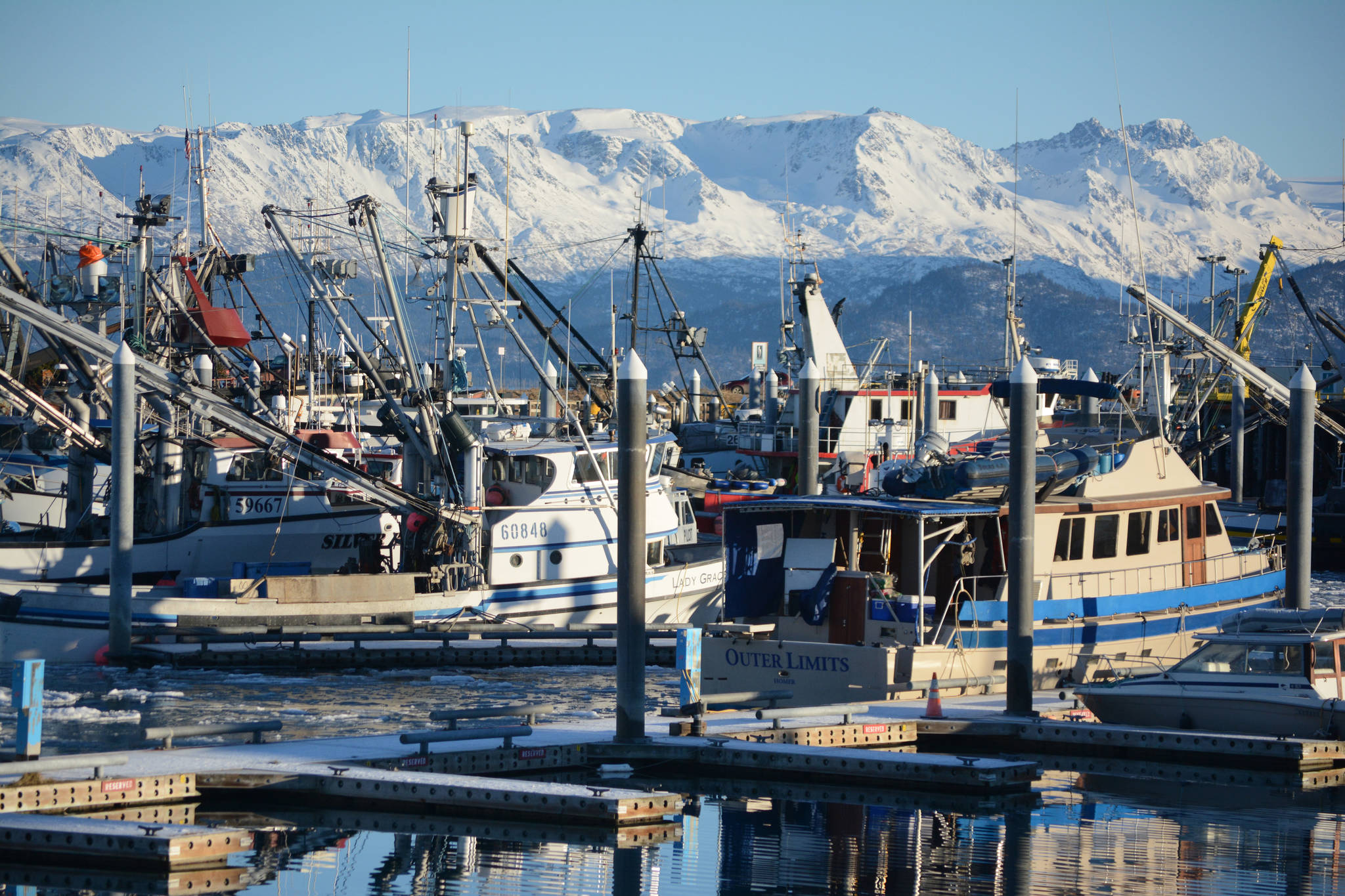Some Alaska fishermen are sensing an unfriendly administration as new Gov. Mike Dunleavy appoints people to top Alaska Department of Fish and Game and Department of Environmental Conservation positions who they say have a decidedly un-commercial bent and the Board of Fisheries reneges on its decision to hold the next round of Upper Cook Inlet board meetings in Kenai/Soldotna.
The appointments include Jason Brune, who served as vice-president of public relations for Anglo-American, the foreign mining company that once held a large interest in the proposed Pebble Mine, as commissioner of the Department of Environmental Conservation, and Doug Vincent-Lang, former assistant director of ADF&G’s sportfish division and a vocal opponent of Ballot Measure 1 which sought to secure better protections for Alaska’s salmon, as head of ADF&G.
The BOF vote to change a previous decision to finally hold the UCI meeting in Kenai for the 2020 cycle took place at a meeting for Alaska Yukon-Kuskokwim finfish proposals that took place in Fairbanks, with little notice given and no UCI stakeholders in attendance.
An article in the Anchorage Daily News quoted BOF member Israel Payton saying there had been political pressure from former Gov. Bill Walker to hold the meeting in Kenai, where a large portion of the permit holders live, in order to give them better access to the process. Board member Robert Ruffner, who lives in Soldotna, said at the meeting, “To me, it’s patently unfair. My community has been asking for this meeting for over a decade. People have gone from diapers to college and not been able to weigh in in their community. I apologize to you in the audience who have to listen to this because it’s garbage.”
Dunleavy, a former Wasilla legislator, has a long history of trying to restrict commercial salmon fishing in UCI. He sent a letter to former ADF&G commissioner Cora Campbell prior to the 2014 BOF meeting saying that certain actions need to be taken, including, “First and of utmost importance is for the Department to ensure that the corridor program be maintained throughout the full month of July without exception,” referring to a management tool that keeps the drift fleet constrained to the east side of the Inlet, far from where the most productive fishing takes place, in order to allow more fish to travel to Mat-Su Valley streams for sport fishermen.
That action would have led to massive over-escapement in the Kenai and Kasilof rivers and discounts the responsibility of the BOF to manage for “maximum sustained yield.” It also would devastate a large portion of the economy of the Kenai Peninsula, from processors to deckhands, and seems to foretell a governor who will gladly tell the BOF how to do its job.
The appointment of Brune to lead the DEC raised alarms at Cook Inletkeeper about the possibility of Pebble Mine becoming a reality. Inletkeeper’s director of advocacy, Bob Shavelson, said that it’s akin to the camel’s nose under the tent; permitting a small project would undoubtedly lead to expansion.
“They know that once you get a permit for an operation, you start, and then you say ‘hey, well, we’re going to expand here, expand there,’” Shavelson said. “When you look at all the mining claims around Pebble, that’s the real threat. If you let these guys in, all of a sudden that whole area becomes fair game for large open-pit mines.
“Everything that we see is that these agencies, our government agencies, have been captured by these corporations, and they’re basically just adjuncts, appendages of these corporations, and the government serves one role for that, and that is to authorize the activity to make money.”
Shavelson said that when Dunleavy puts someone like Brune in charge of DEC and Vincent-Lang in charge of ADF&G, they’re there for one purpose.
“It’s not to protect our renewable resources, it’s to ensure that we dig more holes in the ground,” he said.
With regard to Vincent-Lang, some fishermen are concerned that he will take actions that further restrict commercial salmon fishing in UCI, such as drastically raising the escapement goals in the Kenai River, which are already roughly double what ADF&G’s own statistics show produce the largest runs.
While that is not Vincent-Lang’s decision to make — the BOF sets escapement goals — he can direct personnel at the Soldotna ADF&G office to take certain actions with regard to the fishery. United Cook Inlet Drift Association vice-president Erik Huebsch took a measured, optimistic approach.
“We’re glad to see someone with a biology background heading the department, and hopefully that will allow science and biology to factor into the decisions and get away from the more political decision-making that we’ve had,” he said.
All of that may be out of the state’s hands, as the federal North Pacific Fisheries Management Council continues its work on the salmon task force, which has been charged with overseeing management of salmon in UCI because of a successful lawsuit from UCIDA. At the last meeting earlier this month, NPFMC tasked the Science and Statistical Committee with reviewing and evaluating escapement goals. However, the on-going government shut-down is making it unlikely that that review will be able to take place before the scheduled April meeting.
Reach Cristy Fry at realist468@gmail.com.


